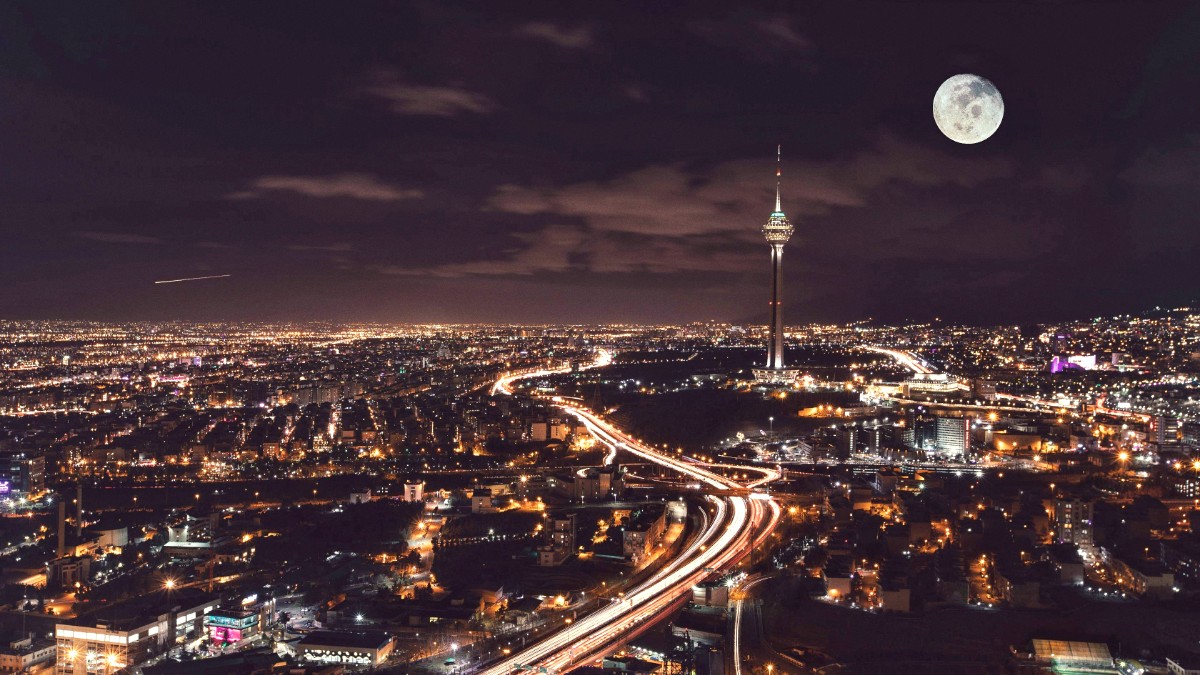
Iran
Knowing which airport serves your needs simplifies travel plans.
Direct flights from North America or Western Europe are uncommon; most involve at least one layover.
IKA features duty-free shops, official currency exchange (Sarrafi), cafes, restaurants, and prayer rooms. Wi-Fi availability varies.
You can purchase and register local SIM cards (Irancell, Hamrahe Aval) directly at IKA upon arrival.
Iran shares land borders with Turkey, Armenia, Azerbaijan, Turkmenistan, Afghanistan, Pakistan, and Iraq. Tourist crossings are mainly via Turkey or Armenia.
Tehran Railway Station (Rah Ahan) connects to major cities like Isfahan, Shiraz, Mashhad, Yazd, and Tabriz. Trains are comfortable with various classes.
Buses are the most typical and affordable intercity travel option, with an extensive network from several major terminals in Tehran.
Trains present a comfortable and scenic way to traverse Iran.
Buses are a highly accessible and cost-effective method for intercity travel.
Driving in Iran comes with unique challenges, and it is unadvisable for tourists.
Awareness of road conditions and local driving practices is important for safety.
Plan your departure well in advance to support a smooth exit from Iran.
IKA features services to assist departing passengers.
Be aware of customs regulations regarding items you can export. Limits apply to quantities and value for certain items like carpets and handicrafts.
An exit tax applies for non-residents departing Iran. This fee is typically included in international flight tickets. Confirm with your airline or travel agent.
Tehran is landlocked. Direct sea or river arrivals are not relevant for reaching the city. Iran has ports on the Persian Gulf and Caspian Sea with few international ferry services.
Always confirm details with your airline and embassy before departure. Ensure all travel documents are in order.